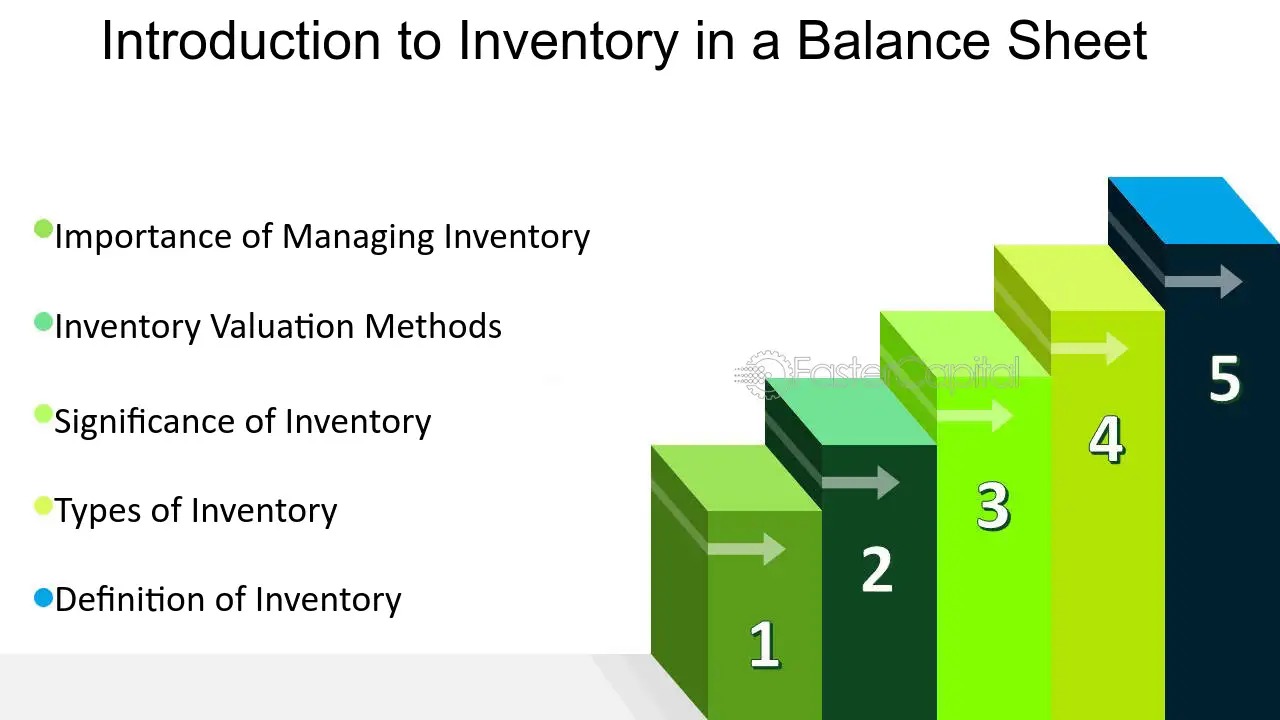Home>Finance>What Is A Takeover? Definition, How They’re Funded, And Example


Finance
What Is A Takeover? Definition, How They’re Funded, And Example
Published: February 5, 2024
Discover the meaning of a takeover in finance, including how they are funded and an example. Gain a deeper understanding of this important concept in the world of finance.
(Many of the links in this article redirect to a specific reviewed product. Your purchase of these products through affiliate links helps to generate commission for LiveWell, at no extra cost. Learn more)
Unlocking the Secrets of Takeovers: Understanding the Definition, Funding, and Examples
Takeovers are an intriguing aspect of the business world, often portrayed in movies and books as dramatic power struggles or strategic maneuvers. But what exactly is a takeover? In this article, we will delve into the definition of a takeover, the different ways they are funded, and provide a real-life example to illustrate this complex business strategy.
Key Takeaways:
- A takeover occurs when one company acquires control of another company by purchasing a significant number of its shares.
- Takeovers can be funded through various means such as cash, stock swaps, debt financing, or a combination of these methods.
Understanding the Definition of a Takeover
A takeover is a strategic business move where one company acquires another company by purchasing a substantial number of its shares. By gaining control of the target company, the acquiring company can influence its operations, decision-making processes, and ultimately, its overall direction. Takeovers often result in the merging of the two companies or the absorption of the target company into the acquiring company.
There are two main types of takeovers:
- Friendly Takeovers: In a friendly takeover, the acquiring company and the target company negotiate and agree upon the terms of the acquisition. The target company’s management and board of directors are generally supportive of the acquisition, as they believe it will benefit their shareholders and the company as a whole.
- Hostile Takeovers: Unlike friendly takeovers, hostile takeovers occur when the acquiring company makes an unsolicited bid to purchase the target company’s shares without its consent. The target company’s management and board of directors may actively resist the takeover, which often leads to a battle for control.
Discovering How Takeovers Are Funded
Takeovers can be funded in various ways, depending on the financial resources and objectives of the acquiring company. The most common methods of funding a takeover include:
- Cash: The acquiring company uses its own cash reserves or borrows funds to pay for the acquisition. Cash offers immediate liquidity to the shareholders of the target company, making it an attractive option.
- Stock Swaps: In a stock swap, the acquiring company offers its own shares in exchange for the shares of the target company. This method allows both companies’ shareholders to share in the ownership of the combined entity.
- Debt Financing: Instead of using cash or stock, the acquiring company may raise funds from lenders to finance the takeover. This often involves issuing bonds or taking on additional debt.
- Combination: In some cases, a combination of cash, stock swaps, and debt financing may be utilized to fund a takeover. This provides flexibility and allows the acquiring company to structure the deal in the most advantageous way.
Real-Life Example: The Microsoft Acquisition of LinkedIn
A well-known example of a takeover is Microsoft’s acquisition of LinkedIn in 2016. Microsoft, a technology giant, made a friendly takeover bid to acquire LinkedIn, the leading professional networking platform. The deal was worth a staggering $26.2 billion, making it one of the largest tech acquisitions at that time.
In this case, Microsoft predominantly used cash to fund the takeover. By acquiring LinkedIn, Microsoft aimed to expand its presence in the professional networking space, leverage LinkedIn’s vast user base, and integrate its services into Microsoft’s existing suite of business tools.
Conclusion
Takeovers are complex business transactions that involve the acquisition of one company by another. Whether friendly or hostile, a takeover can significantly impact the operations and future trajectory of the target company. Understanding the definition, funding methods, and real-life examples of takeovers can provide valuable insights into the dynamics of the business world and the strategies employed by companies to gain a competitive edge.
So the next time you come across a news headline about a company being taken over, you will have a better understanding of the fascinating mechanisms at play in the world of takeovers.














